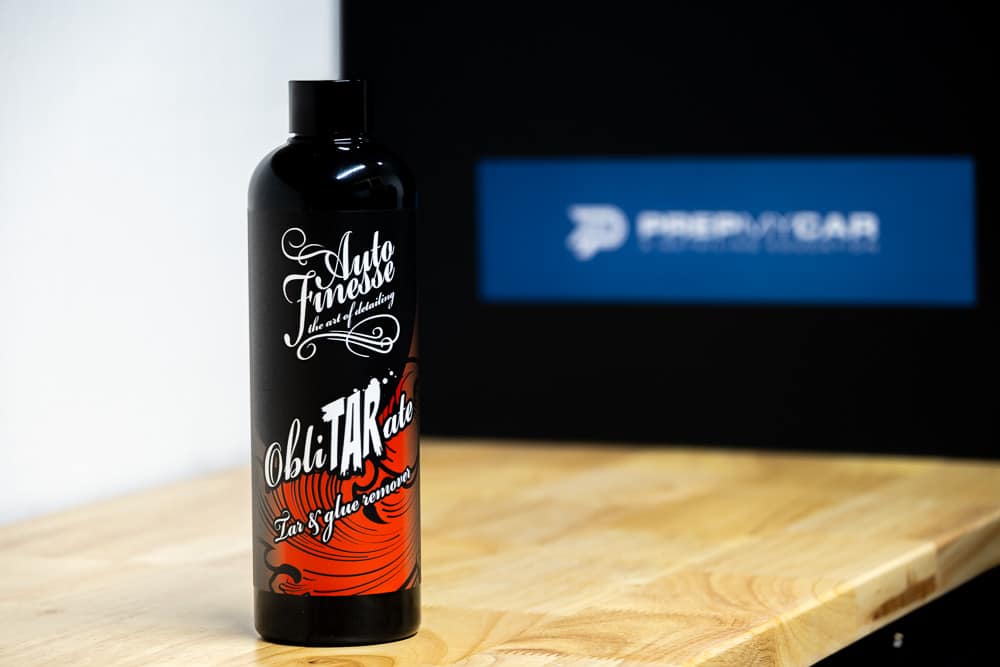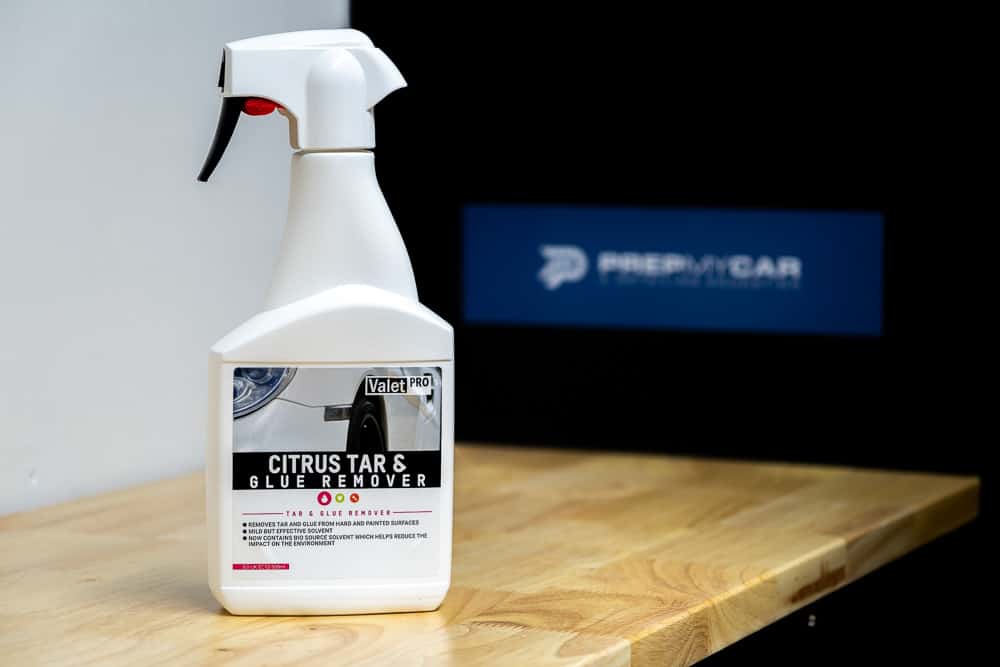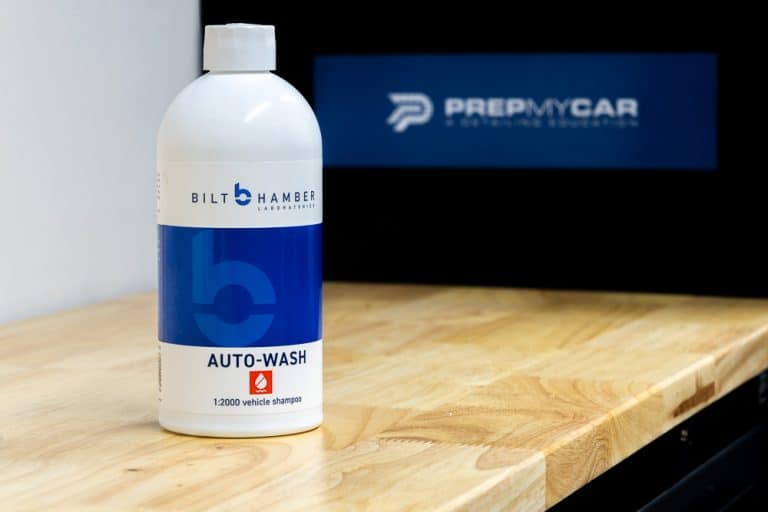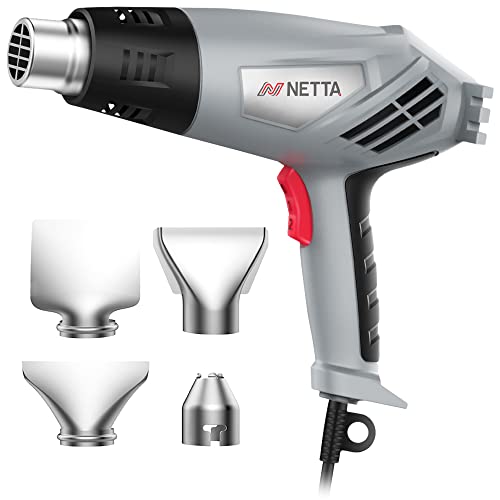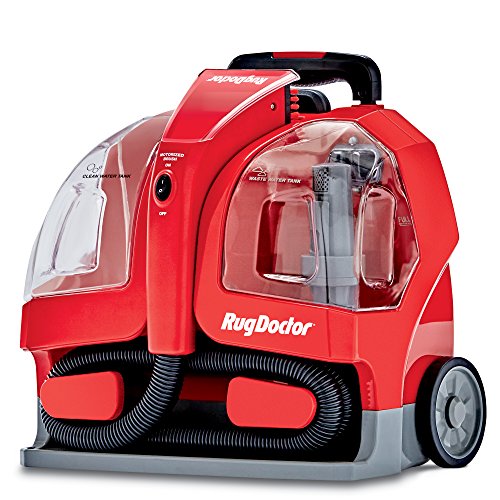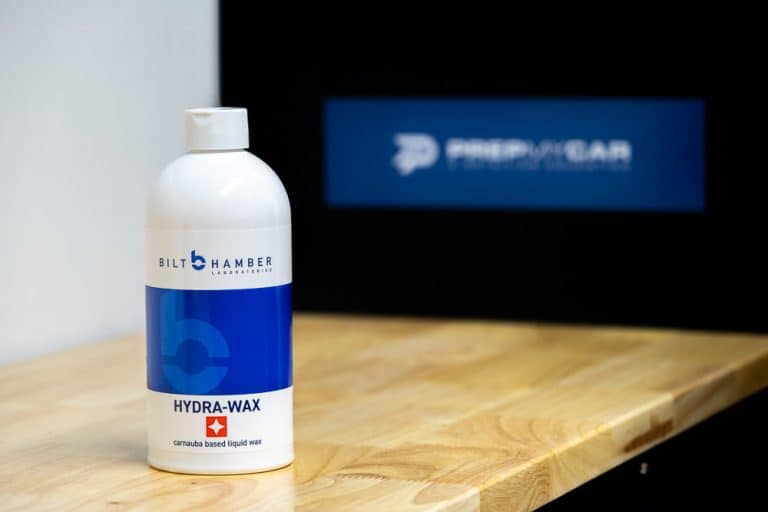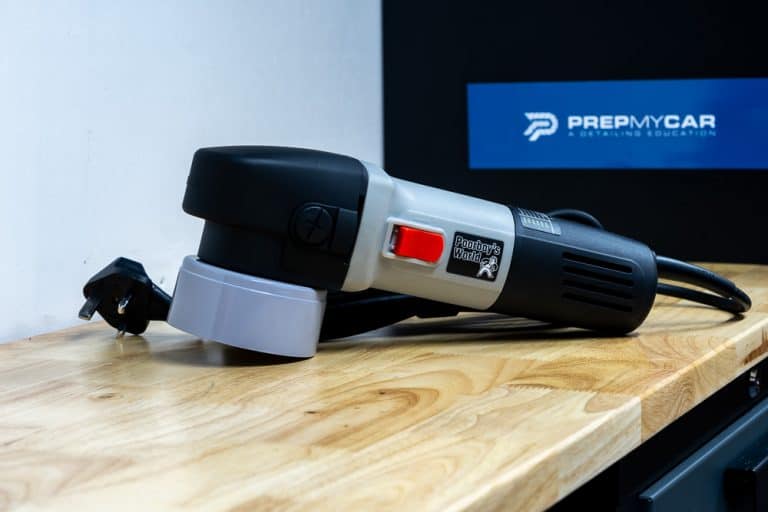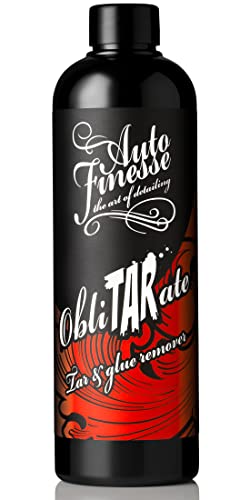Best Tar Removers
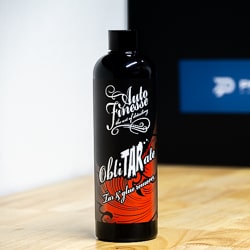
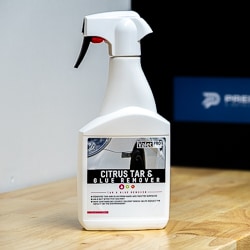
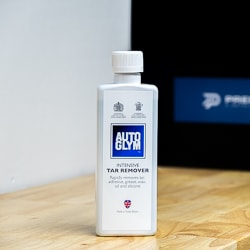



Tar remover should be an essential part of your auto detailing arsenal. Tar and asphalt are difficult to remove without using the proper cleaners. Using a damp cloth will not work even if you wipe and buff like a deranged lunatic.
Tar spots or tar stains are actually soft when warm. Unfortunately, it also hardens quickly below a certain temperature. Using a clay bar is acceptable if removing a few tar spots, but the clay bar will wear out quickly if treating larger contaminated areas on your vehicle (such as behind the wheel wells or the lower half of the doors).
The easiest way to get rid of tar stains without damaging the paint is to use the best tar removers. These products will quickly dissolve tar, bugs, tree sap, and even baked-on bird droppings with minimal effort.
Best Tar Removers – Top 3
Here are the best tar removers on the market right now:
1) Auto Finesse ObliTARate
Auto Finesse ObliTARate is one of the best tar removers in the industry. It is a solvent-based formula that dissolves hard contamination on contact. This product is great for removing bitumen tar, asphalt, and rubber residue. It also works great for removing adhesive marks from decals, stickers, wraps, and paint protection film.
The fast-acting solvent formula is also formulated to work alongside other Auto Finesse products such as Citrus Power and Iron Out. Best of all, it does all this without damaging or harming the finish. This tar remover is safe to use on paint, metal, glass, alloy wheels, and plastic trim.
What I really like about Auto Finesse ObliTARate is the cleaning power. You don’t need to use plenty of the product to achieve the desired results.
Pour a little amount of the tar remover in a dry microfibre towel. After that, wipe the contaminated area gently to remove tar spots. Grab a separate towel and wipe the area clean to finish. No need to use harsh scrubbing pads or tar sponges here!
2) Valet PRO Citrus Tar & Glue Remover
Coming in at second place in this list of the best tar removers is the Valet PRO Citrus Tar & Glue Remover.
In my opinion, this product is actually better since it comes in a handy spray bottle. But since the Valet PRO costs a little bit more than the Auto Finesse ObliTARate, it had to settle for number two.
It doesn’t mean this product is second-rate, though. This tar remover is formulated by combining the benefits of silicone-free and refined aliphatic solvent with the strong cleaning power of natural citrus oils.
Using this product is a safe and effective way to remove tar, asphalt, glue, and other hard contaminants on the surface of delicate clear coat paint.
Using the Valet PRO Citrus Tar & Glue Remover is as easy as pie.
- Spray the tar remover over contaminated surfaces and allow the solution to dwell for a couple of minutes. This allows the solvents and citrus oils to dissolve the tar spots on the spot, even without hard rubbing or buffing.
- After the tar remover is allowed to soak, grab a clean microfibre towel and wipe the area gently to complete the decontamination process.
As ever with Valet Pro, the packaging is kind of no-frills, and the spray nozzles leave a little to be desired. Aside from that, a quality product that I’m happy to recommend.
3) Autoglym Intensive Tar Remover
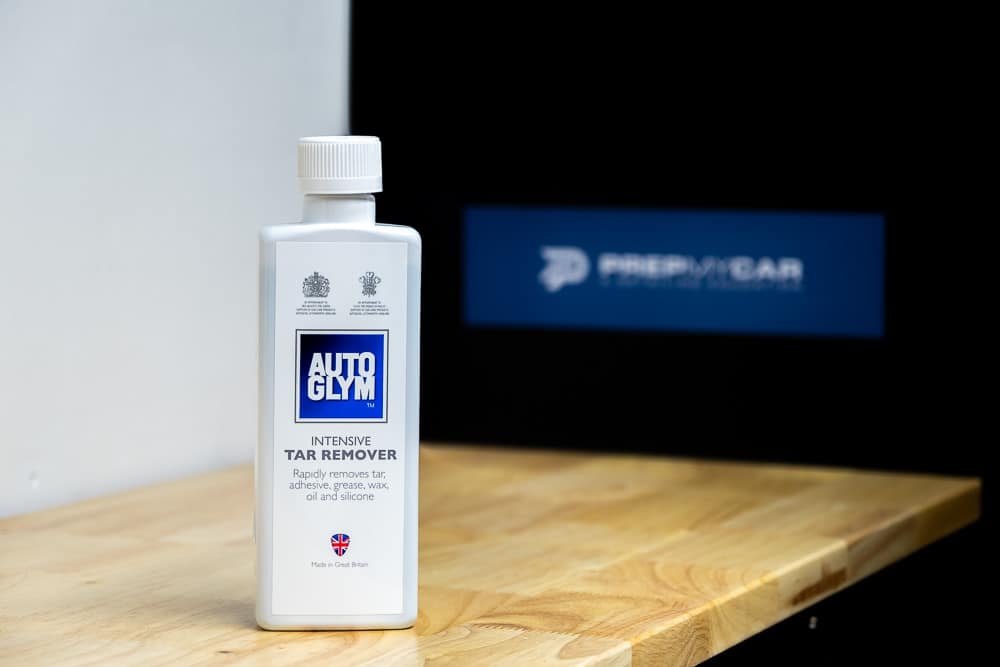
The Autoglym Intensive Tar Remover is the best budget alternative in this list. This product can get rid of tar spots, grease, silicone, tree sap, wax, oil, and adhesive residue on vehicle paintwork. It is also safe to use on rubber, vinyl, metal, synthetic carpets, and interior upholstery.
However, this tar remover is not as strong or intensive as the Valet PRO or the Auto Finesse. I tried this product to remove tar residue on alloy wheels and it took a lot of elbow grease to remove all the tar spots, especially between the spokes in the wheels. But when I tried removing tree sap and dried-on bird poo, the contaminants quickly dissolved away with very little rubbing pressure required.
The Autoglym Intensive Tar Remover is also great for removing oil-based stains on carpets and upholstery. The trick to pour a small amount of the tar remover in a dry microfibre cloth and blot the cloth over the stain repeatedly until clean.
For mild contamination, the Autoglym Tar Remover is an excellent choice. But for tougher jobs with larger traces of contaminants, the best choice is still the Auto Finesse and Valet PRO.
What is tar?
Tar is a sticky, black, and thick liquid. Tar can be derived from heating coal and contains nitrogen bases like toluene, xylene, and aromatic hydrocarbons. Tar can also be produced as a byproduct of petroleum products, which is highly toxic and irritating to the skin. It’s often produced from peat, wood, and in naturally-occurring tar pits.
The type of tar that adheres to the exterior parts in your vehicle comes from asphalt on the road. If you happen to drive by over freshly laid asphalt or repaired potholes, the tar residue will splash all over the vehicle and leave ugly, hard-to-remove stains that will significantly harden over time.
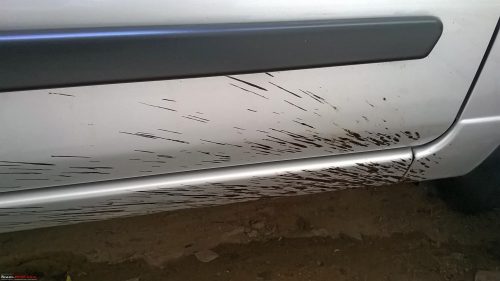
And since tar is an oil-based substance, it can be harder to remove than ordinary tree sap. Like I previously mentioned above, tar is softer in warm temperatures but can turn rock-solid when exposed to cooler weather. This makes it super-hard to remove using natural non-solvent based cleaners.
The tar itself will not damage protected or waxed surfaces. But if you let the tar spot sit for too over clear coat paint, it can remove the protective layer of wax and sealant as you remove the tar spot. The actual process of rubbing the surface without using a tar remover will introduce a host of fine scratches and swirls on the surface. Using a tar remover will remove tar spots with the least amount of pressure to minimise the risk of scratching or damaging the paint.
This is the reason why it’s important to treat the surface with a fresh layer of wax or sealant after the decontamination process. Of course, all of this will depend on the general condition of the paint in general.
What does a tar remover do?
Tar remover contains petroleum distillates, kerosene, or mineral deposits. The solvents will act to soften and lubricate the surface while breaking down the carbon molecules in tar and asphalt. Tar removers are mainly lubricants and cleaners and are stronger than ordinary household detergent.
Can tar removers harm my paint?
Not exactly. However, while tar removers won’t harm the paint itself, highly-concentrated varieties may strip off clear coat. Commercially-available tar removers such as Auto Finesse, Valet PRO, and Autoglym are formulated to be strong enough to remove tar stains without damaging the paint. But then again, the solvents in the tar remover may strip off the wax/sealant that protects the clear coat.
How to remove tar from your cars paint
If the surface is dirty, it is always better to remove loose dirt and mud. I always start by pre-washing the surface with car shampoo and water. After giving it a thorough rinse, wipe the surface dry. Starting with a clean surface is the best way to remove tar on paint, glass, metal, and plastic surfaces without risk of inducing scratches and swirls as you wipe the finish.
I also find it easier to remove stubborn asphalt and rubber residue by heating the surface prior to applying a tar remover. Applying heat will soften up the tar stain, hence making it easier to remove. Heat will also double the effect of the solvents in the tar remover so the product can quickly dissolve the stain without heavy buffing.
Use a heating gun to apply heat over the contaminated surface for about five to ten seconds. Pour a liberal amount of tar remover on a soft cloth and apply the cleaner directly over the stain. You can also spray the tar remover directly over the surface and let it sit for about thirty seconds to a full minute before wiping off the stain with a soft microfiber towel.
After removing the tar spots, wash the entire vehicle and treat the surfaces with a clay bar to clean out smaller traces of contamination. Rinse the vehicle and wipe dry. Don’t forget to add a coat of wax to protect the treated surface against further contamination.
Can I use WD40 to remove tar?
The short answer is yes. WD40 is safe to use on paint (it won’t dry, fade, or flake the paint if that’s what you’re thinking), but the penetrating oils and anti-corrosion agents in the formula will be hard to remove without a considerable amount of effort.
Since WD40 is formulated to displace water (hence the WD which stands for ‘water displacement’), the formula is non-water soluble and can be tricky to remove from paint without leaving an oily or smudged finish.
But if you’re working on a large buildup of tar stains, you can use WD40 provided that you’ll wash and wax the finish afterwards. For general washing and detailing purposes, I still prefer to use tar removers that are specifically formulated for automotive applications.


